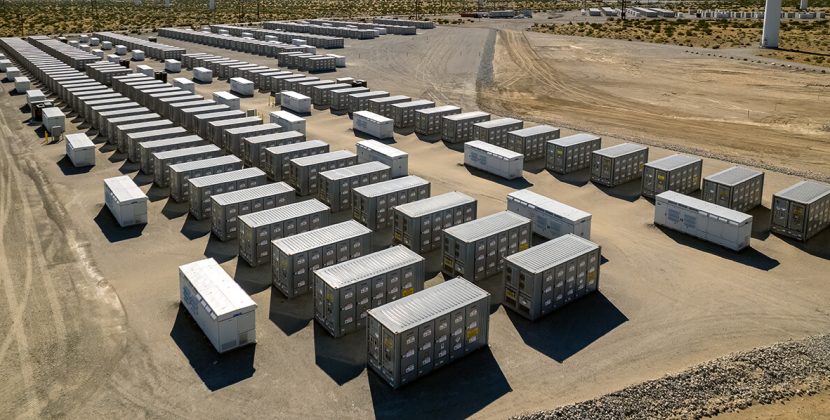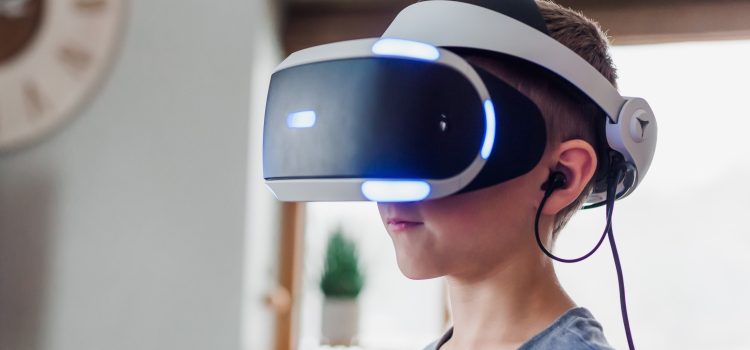
Are you tired of endless property viewings, traveling from one location to another, and still not being able to find your dream home? Well, thanks to the rise of virtual reality in real estate, those days may be long gone. With the advancements in technology, potential buyers can now take a tour of any property from the comfort of their own homes. In this blog post, we will explore how tech is transforming property viewing through virtual reality and why it’s becoming increasingly popular among buyers and sellers alike. So sit back and buckle up for an exciting journey into the world of VR-powered property tours!
What is Virtual Reality?
In its simplest form, virtual reality (VR) is a computer-generated simulation of an environment that allows you to interact with it in a realistic way. This can be anything from a 3D model of a house or office, to a virtual tour of an entire city.
The aim of VR is to provide an immersive experience that gives users the feeling of being in a different place to the one they are physically in. For real estate, this means that potential buyers can view properties without having to travel there in person.
With the help of VR technology, estate agents can give their clients a realistic experience of what it would be like to live in a particular property. This is done by creating a digital version of the property that can be viewed through a VR headset.
The rise of VR in real estate has been made possible by advances in technology, particularly in terms of headsets and software. These days, there are various VR platforms available that allow users to explore digital environments in an interactive way.
One of the most popular VR platforms for real estate is Oculus Rift, which is owned by Facebook. Oculus Rift offers an immersive experience that lets users view properties in 3D. Other popular VR platforms include HTC Vive and Samsung GearVR.
Estate agents who want to use VR to showcase their properties need to invest in some specialist equipment. This includes a VR headset, which can be expensive, as well as software that will enable them to create digital versions of their
How is Virtual Reality Used in Real Estate?
The use of virtual reality in the real estate industry is still in its infancy, but it is growing rapidly. More and more companies are beginning to offer VR services, and the technology is becoming more affordable and accessible.
There are many potential applications for VR in real estate. For example, agents can use VR to give potential buyers a tour of a property without them having to be physically present. This can be especially helpful for out-of-town buyers or those who are unable to visit the property in person.
In addition, VR can be used to create virtual open houses. This allows potential buyers to explore a property at their own pace and without having to schedule an appointment or wait for an open house event.
Finally, VR can also be used for marketing purposes. Realtors can create virtual tours of properties that can be shared online or through social media. This is a great way to generate interest in a listing and reach a wider audience.
The Benefits of Using Virtual Reality in Real Estate
Virtual reality is one of the latest technological advancements being used in real estate. It allows potential home buyers to view properties without having to physically be there, which is not only convenient but also saves time and money. Below we outline some of the main benefits of using virtual reality in real estate:
1. Increased Engagement: Virtual reality creates an immersive experience that is far more engaging than simply looking at photos or videos of a property. This means that potential buyers are more likely to remember a property they have seen in VR, making it more likely that they will make an enquiry or offer on the property.
2. Greater Insights: When viewing a property in VR, buyers are able to get a much better sense of the layout, size and scale of the rooms than they would from looking at 2D images. This can help them to visualize how their furniture would fit into the space and get a better idea of whether the property is right for them.
3. Flexibility: One of the great advantages of using VR for real estate is that it enables buyers to view properties from anywhere in the world. This is particularly helpful for those who live overseas or who are unable to travel to view properties in person.
4. Cost-effective: Using virtual reality technology can help reduce marketing costs as well as save time and money on travel expenses for both agents and buyers.
5. Eco-friendly: Another benefit of using virtual
The Drawbacks of Using Virtual Reality in Real Estate
The use of virtual reality (VR) in real estate is becoming increasingly popular, as it allows potential buyers to view properties from the comfort of their own home. However, there are some drawbacks to using VR in real estate that should be considered before making the decision to use it.
One of the main drawbacks of using VR in real estate is that it can be very costly. Setting up a VR system can be expensive, and if you are not careful, you can end up spending a lot of money on unnecessary features. In addition, you will need to keep your VR system updated with the latest technology, which can also be costly.
Another drawback of using VR in real estate is that it can be difficult to find good quality listings. While there are some great advantages to using VR to view properties, not all listings will be created equal. You may find that some listings are not accurate or do not provide enough information about the property. This can make it difficult to make an informed decision about whether or not to purchase a property.
Finally, you should consider the privacy implications of using VR in real estate. When you use VR to view a property, you are essentially providing access to your personal space to someone else. This means that they will be able to see everything in your space, including any personal belongings that you have in your home. If you are not comfortable with this level of access, then you may want to reconsider using VR in real estate.
How to Use Virtual Reality in Real Estate
As the world of real estate increasingly moves online, so too are the methods by which people view properties. Virtual reality (VR) is the latest technology to be adopted by the industry, and it is quickly revolutionising the way in which people view properties.
VR allows potential buyers to view a property as if they were actually there, walking through the rooms and getting a feel for the space. This is an invaluable tool for those who are looking to buy property sight unseen, or who live far away from their desired location.
There are a number of ways in which VR can be used in real estate. Here are just a few examples:
1. Online Property Portals: A number of online property portals are now incorporating VR into their listings. This allows potential buyers to take a virtual tour of the property before they even step foot inside.
2. Open Houses: Rather than holding traditional open houses, some real estate agents are now using VR to give potential buyers a virtual tour of the property. This allows for a much wider audience, as people can view the property from anywhere in the world.
3. 360° Photos and Videos: Many agents are now utilising 360° photos and videos to give potential buyers a complete overview of the property. These can be viewed on websites or via dedicated VR apps.
4. Virtual Reality Viewings: For those who want to experience a property in VR, there are now companies that offer dedicated VR view
Conclusion
It’s evident that virtual reality tech is quickly becoming one of the most sought-after tools in real estate. By providing customers with an immersive experience that can help them get a better sense of the available properties, agents and developers are able to make more informed decisions. Plus, they’re able to do all this while saving time and money! With advancements in technology continuing to be made, we fully expect VR property viewing to become even more popular moving forward.










